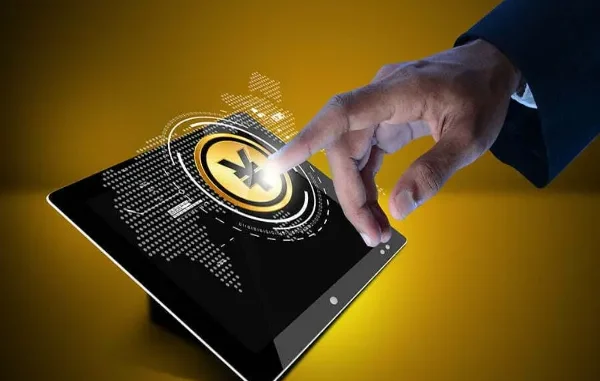
The digital yuan, China’s official digital currency, is revolutionizing the financial landscape. As the world shifts towards digitalization, understanding how to acquire and use this innovative currency is crucial for both individuals and businesses. For more information, visit Yuan Profit.
Overview Of The Official Channels For Obtaining Digital Yuan
The digital yuan, also known as the e-CNY, is primarily obtained through official channels sanctioned by the People’s Bank of China (PBOC). Individuals looking to acquire digital yuan must first download an authorized digital wallet application. These apps are typically available on the official websites of participating banks or through app stores. Once the digital wallet is set up, users can link their bank accounts to transfer funds into the wallet, converting their traditional yuan into digital yuan.
To facilitate the distribution and accessibility of the digital yuan, the PBOC has collaborated with several major Chinese banks and financial institutions. These include the Industrial and Commercial Bank of China, the Bank of China, the China Construction Bank, and the Agricultural Bank of China, among others. Users can visit the physical branches of these banks or use their online banking services to exchange traditional yuan for digital yuan.
In certain pilot areas and during specific promotional events, the PBOC and local governments have also distributed digital yuan through lotteries or as part of consumer spending incentives. These initiatives aim to encourage the adoption and use of the digital yuan by the general public.
Step-by-step guide On How To Set Up A Digital Wallet
Setting up a digital wallet for the digital yuan, also known as the e-CNY, is a straightforward process. The first step involves downloading an official digital wallet application, which can be found on the app stores or the websites of participating banks. Users should ensure they select an app authorized by the People’s Bank of China (PBOC) to guarantee the security and authenticity of their transactions.
Once the digital wallet is set up, the next step is to link it to an existing bank account. This is usually done within the app itself, where users can select their bank from a list of participating financial institutions and enter their account details. Some banks may require additional verification steps, such as SMS verification or facial recognition, to ensure the security of the account linkage. After successfully linking the bank account, users can transfer funds from their traditional yuan accounts to their digital wallets, effectively converting their money into digital yuan.
Acquiring digital yuan can also be done through direct transactions with others who already possess the digital currency. Users can receive digital yuan from friends, family, or businesses by providing their digital wallet’s QR code or unique identifier for the transfer. Additionally, in areas where the digital yuan is being actively promoted, users may participate in government or bank-sponsored initiatives that distribute digital yuan as rewards or incentives. These various methods provide users with multiple avenues to acquire and start using the digital yuan for their daily transactions.
Information On Participating Banks And Financial Institutions
Several major Chinese banks and financial institutions are participating in the digital yuan initiative, each offering their digital wallet applications and services for the e-CNY. Among the leading banks are the Industrial and Commercial Bank of China (ICBC), the Bank of China (BOC), the China Construction Bank (CCB), and the Agricultural Bank of China (ABC). These banks have been at the forefront of the digital yuan rollout, providing users with secure and convenient platforms to manage and use their digital currency.
In addition to these major banks, other financial institutions such as the China Merchants Bank (CMB), the Bank of Communications (BoCom), and the Postal Savings Bank of China (PSBC) are also participating in the digital yuan ecosystem. These institutions offer similar services, allowing users to convert traditional yuan into digital yuan, make payments, and transfer funds using their digital wallets. Each bank’s digital wallet app comes with its own set of features and user interfaces, giving users a variety of options to choose from based on their preferences and banking needs.
Furthermore, the People’s Bank of China (PBOC) continues to expand the network of participating banks and financial institutions to increase the accessibility and adoption of the digital yuan. As the digital currency pilot programs extend to more regions and sectors, it is expected that additional banks and financial services will join the initiative. Users are encouraged to check the official websites or contact the customer service of their preferred banks to get the most up-to-date information on their participation in the digital yuan project and the services they offer.
Conclusion
Embracing the digital yuan is a step forward in the evolution of currency. As it continues to gain traction, staying informed and adapting to its use will be essential for navigating the future of transactions and finance.
Leave a Reply